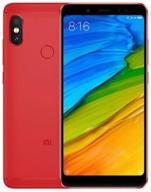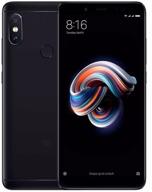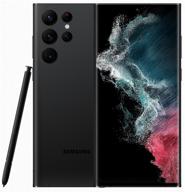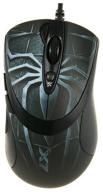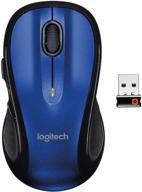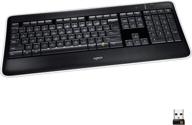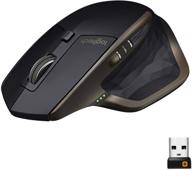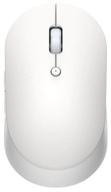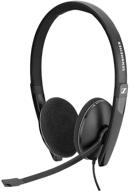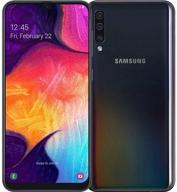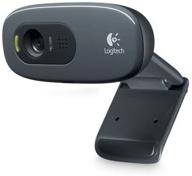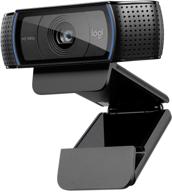- Fast
- Price
- Samsung drives are currently the best in terms of price / quality, as well as transfer speeds. High-quality assembly, body material metal. The drive does not heat up, and also has a large storage capacity that will last for many years.
- The biggest drawback at the moment is the price that is rising for computer components, and drives are no exception.
- Speed in everyday tasks (viewing photos, copying any documents and files). Power consumption is only 4 watts. Temperature. When copying files up to 20GB topchik for your money.
- At the first connection, on a completely empty disk, the write speed was only 80MB, instead of the declared 530MB. The situation changed after the disk was full. See screenshot. With what it was connected did not begin to find out, laziness. )) When copying large files, more than 20GB, the declared speed is kept only on the first 20GB. After the buffer is full, it drops to 70-75mb/s. The temperature is kept at 50 C.
- Volume. Brand.
- Price. Recording speed.
- Excellent SSD, running on the edge of SATA protocol performance. When working, it does not heat up, does not lag. And of course, no noise :)
- Cool packaging, fast delivery, nothing wrinkled, new according to tests. The price is wonderful
- Nothing
- It is indicated that the ssd is Korean, but in fact it is Chinese, low speeds
- Fast for reading and writing, but with blots (below) The price-quality-volume ratio is the best on the market
- The speed drops dramatically after the write cache is full. After writing a large amount of data at a time, the write speed drops to 70 megabytes / sec and this will be until the reboot, you cannot reset the cache by other methods.
- 1. 1GB DRAM buffer for 1TB drive. 2. 40GB SLC cache. In the area of its coverage, the speed of linear recording is kept around 450Mb / s. 3. Moderate heating when recording for a long time. On the other hand, why would it need to warm up at write speeds outside the DRAM buffer and SLC cache in the region of 70MB / s? (see paragraph 1a of disadvantages) 4. The quite usable Samsung Magician utility with the possibility of additional drive optimizations (RAPID-mode with the allocation of part of the PC RAM for the buffer, the allocation of additional SSD flash space for an additional SLC cache).
- 1. The key drawback is the QLC flash memory (Quad Level Cell - 4 bits per cell). From this follows the following: 1a). The speed outside of the DRAM buffer and SLC cache drops to 70MB / s with linear writes, which is lower than the speed of the "classic" HDD 5400rpm. The time it takes to transfer data from an old drive to a new drive can be an unpleasant surprise. 1b). Less resource of write cycles per cell compared to MLC and TLC. 1c). The lower ability of 4-bit flash cells to retain a charge for a long time compared to MLC and TLC, which will further lead to a faster decrease in the read speed of non-rewritable flash sections for a long time. There is little hope for the proprietary controller firmware that it can detect cells with long read delays and can “refresh the charge”. "But this is not accurate" (c). 2. SSD firmware conflicts with VirtualBox. When deploying any operating system on VDI (VirtualBox Disk Image), while saving the image file on the Samsung QVO870 SSD, the system inside the container starts to slow down wildly, up to errors. Checked multiple times. With the same program settings on an ADATA XPG SX8200 Pro SSD, WD Green VirtualBox works fine.






